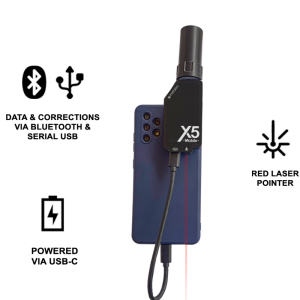
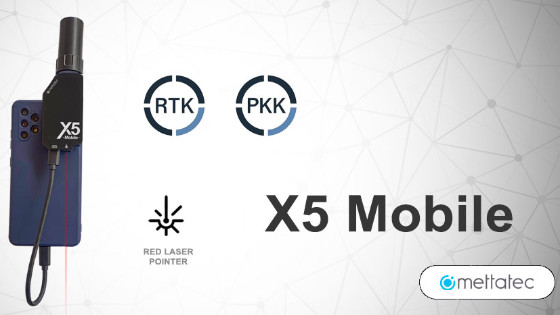
Centimeter Accuracy in Smart Phones? The X5Mobile GNSS Module
Now it is possible to achieve centimeter accuracy in cell phones or tablets with the X5Mobile, a high-precision GNSS receiver that works connected to a cell phone or tablet with Android or Windows operating systems and has two correction options: PPK and NTRIP that receives data through the device’s Internet connection using a USB or Bluetooth connection.
At METTATEC, we believe in pushing the boundaries of geolocation technology, and we are proud to introduce our high-precision GNSS receiver that works seamlessly with your Android smartphone or tablet: the GNSS X5Mobile. However, before we delve into the features and benefits that this device brings to the table, it's essential to understand the current landscape and challenges in achieving high-precision geolocation in handheld devices.
GNSS (Global Navigation Satellite System) has allowed innumerable advantages when it comes to georeferencing objects and products in different industries such as:
Topography, Agriculture, Road Safety, Archaeology, Cadastre, Smart Cities and even Autonomous Vehicles. Today’s applications such as augmented reality and autonomous driving are driving the demand for high-precision in real time.
While it is true that today with our smartphones we have satellite coverage and geographical positioning, the standard GNSS positioning hardware installed in them is not appropriate to achieve accuracy of a few centimeters. So an accuracy of two meters or more is usual in this type of devices.
Centimeter accuracy is typical of activities such as Surveying due to the quality of the receiving antenna and the RTK correction technique. But access to this equipment is limited by its high costs and the necessary power of two-way communication.
This begs the question: Is it possible to achieve centimeter accuracy with smartphones devices or tablets?
Centimetre accuracy in the mass market of smartphones and tablets
Specialists have been studying the combination of techniques such as PPP (Precise Point Positioning) and RTK (Real Time Kinematic) for the deployment of these precision algorithms in handheld devices, but there is still no tangible scenario, especially for two fundamental factors:
Achieving precision of a few centimeters in the mass market such as Smartphones is a complex task, and we summarize it in two:
- There is no standard format for PPP-RTK.
- GNSS antennas in cell phones do not have the quality for centimeter accuracy.
Implementing PPP-RTK is not an easy task, due to the demand for inputs of both techniques. For example, PPP requires initialization times greater than 20 minutes, and RTK demands considerable bandwidth and a continuous reference station.
Of both techniques the most studied is RTK NTRIP or VRS due to its popularity in the topographic and agricultural field.
There is already a universal transmission format such as RTCM (Technical Commission of Radio of Maritime Services).
So it is possible to use low-cost geodetic equipment of at least one or double frequency. The following graph (Figure N° 01) shows the advantages of merging RTK and PPP algorithms:
What is NTRIP?
NTRIP (Acronym for Networked Transport of RTCM via Internet Protocol) consists of the transmission of differential corrections using the standard RTCM format over the HTTP protocol over the Internet. This technique provides a method for sending and receiving GNSS base data over the Internet instead of using UHF radios as is the usual case in RTK systems.
In countries that have a large number of CORS services and adequate infrastructure, a Virtual Reference Station (VRS) is developed. VRS is an imaginary and unoccupied reference station that is modeled only a few meters from the RTK user. This interpolates data from various CORS and offers high-precision corrections for mobile.
This technique offers multiple benefits, such as allowing a greater distance between the CORS and the mobile, shorter initialization times and greater signal reliability.
The problem here arises because today our cellular devices still do not have centimeter quality GNSS antennas. But what if we can add and remove a quality antenna according to our convenience? Can we achieve accuracies of a few centimeters?
RTK-NTRIP GNSS X5Mobile for Smartphones or Tablet
The GNSS X5 module uses the same Multiband GNSS technology found in professional GNSS receivers with state-of-the-art components. Take advantage of all the computing power of the smartphone and the power supply. It is a solution of very easy transport and operation. It connects to the cell phone via Bluetooth and Serial USB. It can also be used on a cane and powered by a powerbank. It achieves accuracy of up to 10mm in NTRIP mode. To work in PPK mode you must use the USB Serial port of the cell phone. It can currently be used with mobile devices and tablets with Android and Windows operating systems.
The X5Mobile also features a red dot laser for easy use in geodetic surveys.
Know all the details of this new device here:
Do you have questions about this case study?
Get in touch with METTATEC, and they would be happy to answer any questions you have about pricing, suitability, availability, specs, etc.
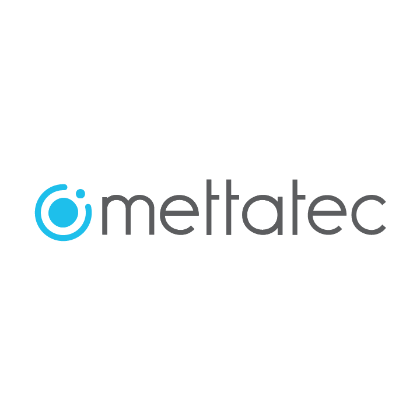


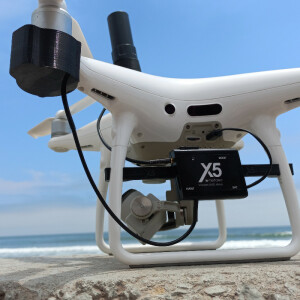
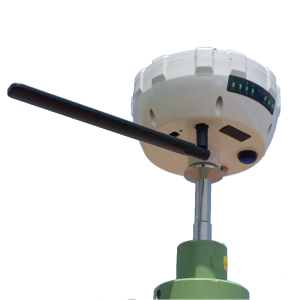



![Do-Giant-Tortoises-Make-Good-Neighbors-1[1].jpg](https://cdn.geo-matching.com/vRMO2Edp.jpg?w=320&s=a6108b2726133ff723670b57bc54c812)



